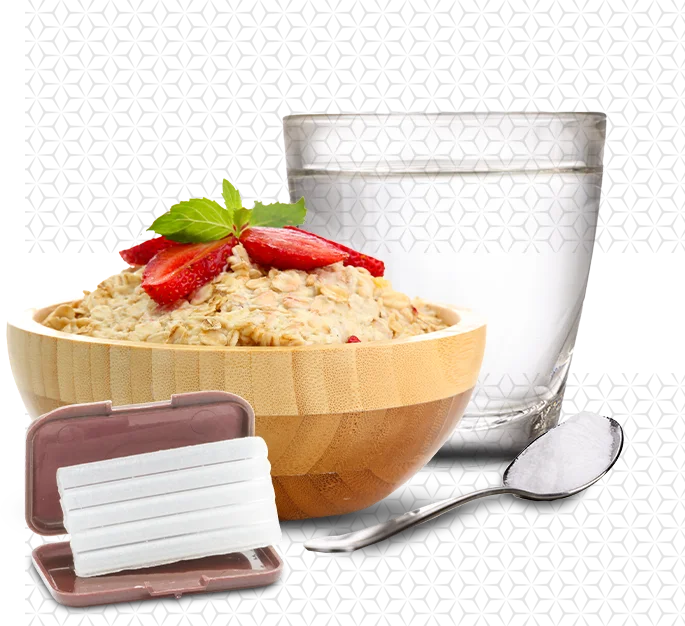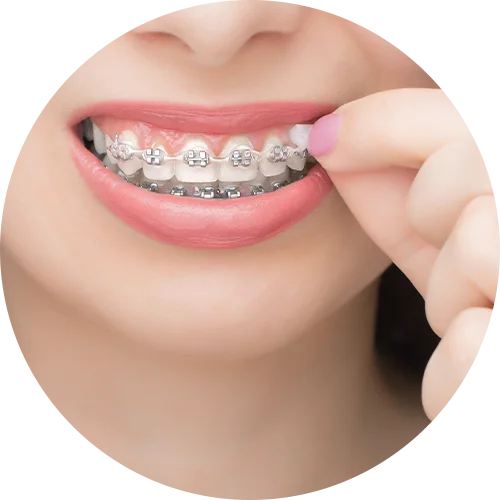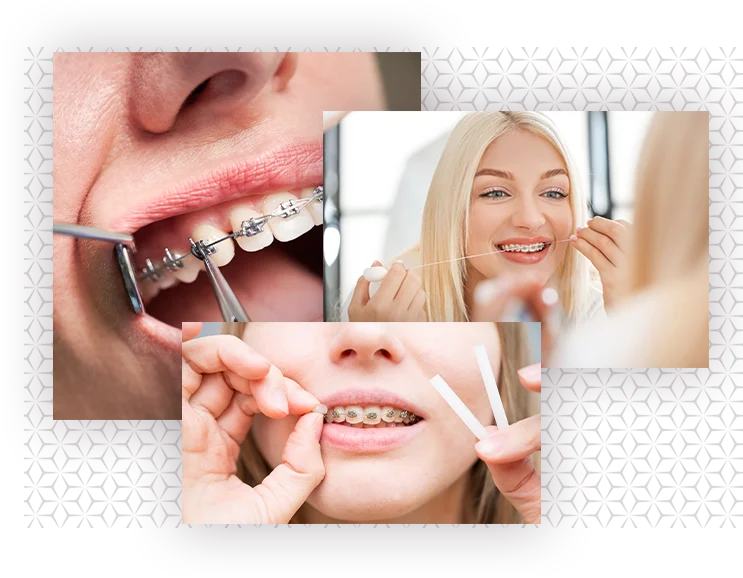However, we also urge you to call us if you’re experiencing severe pain or an appliance problem has gotten out of hand. If either of these situations arise, we can easily schedule you for an appointment to resolve the issue.
Many of our patients are pleasantly surprised to learn that many problems can be self-corrected until you arrive at our office. We insist that even minor problems be reported to our practice so we can get you in and take a look ourselves, but we also want patients to be able to feel in control of their treatment.
Take a look below to see some common issues that may crop up and the best course of action until you come in for your appointment. It’s essential never to allow an orthodontic problem to go unaddressed or for an orthodontic appliance to remain damaged — these are decisions that can cause complications and extend the time of your treatment.
General Soreness
Some soreness is common with patients who have just gotten their braces put on. Teeth may feel tender for a few days, so it’s important to listen to your body and adjust your habits accordingly.
A diet of soft foods will make the transition to wearing braces much more comfortable, and rinsing the mouth with warm salt water can bring relief to irritated gums or general soreness.
The ratio of water to salt for this remedy should be 1 teaspoon to 8 ounces of water. If tenderness persists, over-the-counter pain relievers such as Tylenol can help. However, some pain relievers such as Aspirin or Ibuprofen can have a negative impact on tooth movement, so always consult with us before you take a pain reliever.
Wax might very well become your best friend in the early days of your journey to a beautiful smile. It is common for lips, cheeks, and tongue to become irritated by the presence of an orthodontic appliance, but fortunately, the strategic placement of wax can help to alleviate this discomfort. After your orthodontic appliance has been installed, we’ll demonstrate how to apply wax properly to make your mouth more comfortable.


Headgear
It’s certainly not fashionable, but it’s got to be worn. Headgear can be a critical part of orthodontic treatment, and neglecting this obligation can lead to oral discomfort. It’s critical to wear your headgear for the prescribed number of hours, and although it may be uncomfortable, the feeling should steadily lessen the more it’s worn: That means it’s working!
Loose Appliance
If your appliance is poking you, place wax on the offending part.
Loose Bracket
If your bracket or band is still attached to the wire, leave it in place. Wax can be used to keep the bracket from causing discomfort until your next appointment. If the bracket or band is falling off or can be easily removed, put it in a little container and bring it to your next appointment.

If Your Wire is…
Loose
You can use a pair of tweezers or needle-nosed pliers to try and put your wire back into place. It is also okay to use a piece of floss to tie the wire into place: tie the floss around the bracket in place of the missing colored o-ring.
If you cannot put the wire into a comfortable position, and covering the end with wax doesn’t help, as a last resort use a small fingernail clipper to clip the wire behind the last tooth to which it is securely fastened. If the end of the wire is still sharp, place wax on it.
Poking You
Using a pencil eraser, push the poking wire down or place wax on it so it is no longer poking.

